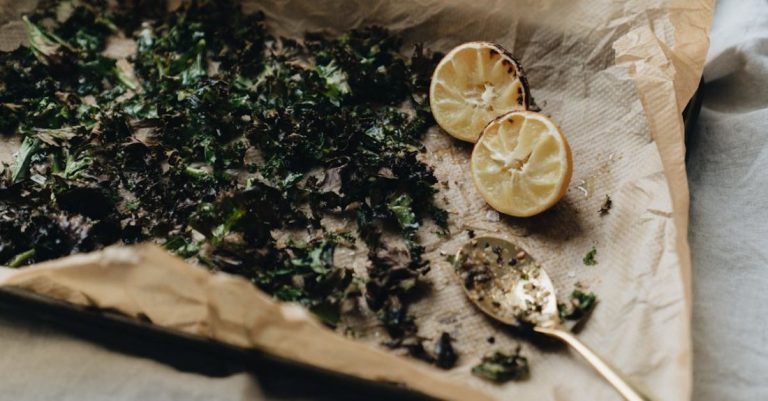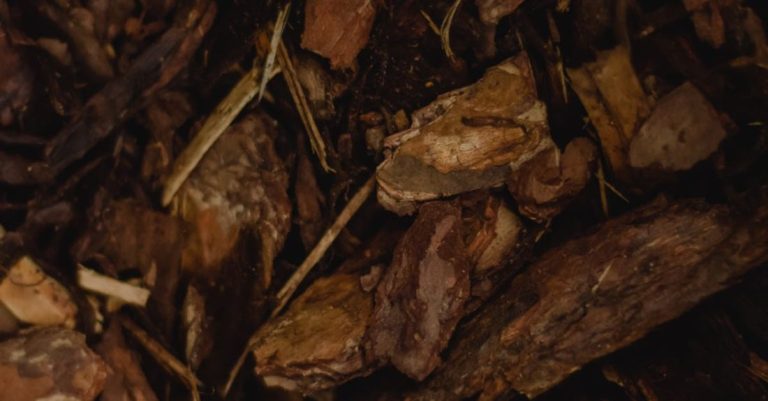
Root rot is a common and damaging condition that affects plants, particularly those grown in containers or in poorly drained soil. This fungal disease can quickly lead to the death of a plant if left untreated. However, with proper care and attention, root rot can be prevented, allowing your plants to thrive and flourish. In this article, we will explore effective strategies for preventing root rot and keeping your plants healthy.
Understanding Root Rot
Root rot is caused by a group of fungi that thrive in moist, waterlogged soil conditions. These fungi attack the roots of plants, disrupting their ability to absorb water and nutrients. As a result, the plant’s growth is stunted, and its leaves may turn yellow or wilt. If left unchecked, root rot can spread quickly throughout the plant, ultimately causing its demise.
Choose the Right Soil
One of the key factors in preventing root rot is ensuring that your plants are grown in well-draining soil. Heavy, compacted soils can easily become waterlogged, creating the perfect environment for root rot fungi to thrive. To prevent this, choose a high-quality potting mix that is specifically formulated for the types of plants you are growing. These mixes are designed to provide adequate drainage while still retaining enough moisture for plant growth.
Water Wisely
Overwatering is a common cause of root rot, as it creates excessively wet conditions that are ideal for fungal growth. To prevent root rot, water your plants only when the top inch of soil is dry to the touch. Avoid watering on a set schedule and instead monitor your plants regularly to determine when they truly need water. Additionally, make sure your pots have drainage holes to allow excess water to escape.
Provide Adequate Air Circulation
Good air circulation around the roots is essential for preventing root rot. Stagnant air can create humid conditions that promote fungal growth. To improve air circulation, avoid overcrowding your plants and ensure they are not placed too close together. If growing plants indoors, consider using a fan to gently move air around the plants.
Practice Proper Plant Care
Healthy plants are better able to resist diseases such as root rot. To promote plant health and prevent root rot, provide your plants with adequate sunlight, proper nutrition, and regular maintenance. Remove any dead or diseased plant material promptly to prevent the spread of pathogens. Additionally, avoid planting susceptible species in areas where root rot has been a problem in the past.
Use Disease-Resistant Varieties
Some plant varieties are more resistant to root rot than others. When selecting plants for your garden, choose varieties that are known to be less susceptible to this fungal disease. Research different cultivars and select those that have a proven track record of resistance to root rot.
Monitor and Act Promptly
Regularly inspect your plants for any signs of root rot, such as yellowing leaves, wilting, or stunted growth. If you suspect that a plant is infected, act quickly to prevent the disease from spreading. Remove and destroy any affected plant material, and adjust your watering practices to prevent further damage.
Incorporate Preventative Measures
In addition to the strategies mentioned above, incorporating preventative measures can help reduce the risk of root rot in your plants. Consider adding beneficial microorganisms to the soil, such as mycorrhizal fungi, which can help improve root health and protect against pathogens. Mulching around plants can also help maintain soil moisture levels and prevent waterlogging.
In Summary
Preventing root rot requires a combination of proper plant care, good growing practices, and vigilance. By choosing the right soil, watering wisely, providing adequate air circulation, practicing proper plant care, selecting disease-resistant varieties, monitoring your plants, and incorporating preventative measures, you can effectively prevent root rot and keep your plants healthy and vibrant. Remember that early detection and intervention are key to stopping root rot in its tracks. With these strategies in place, you can enjoy a garden full of thriving, disease-free plants.





